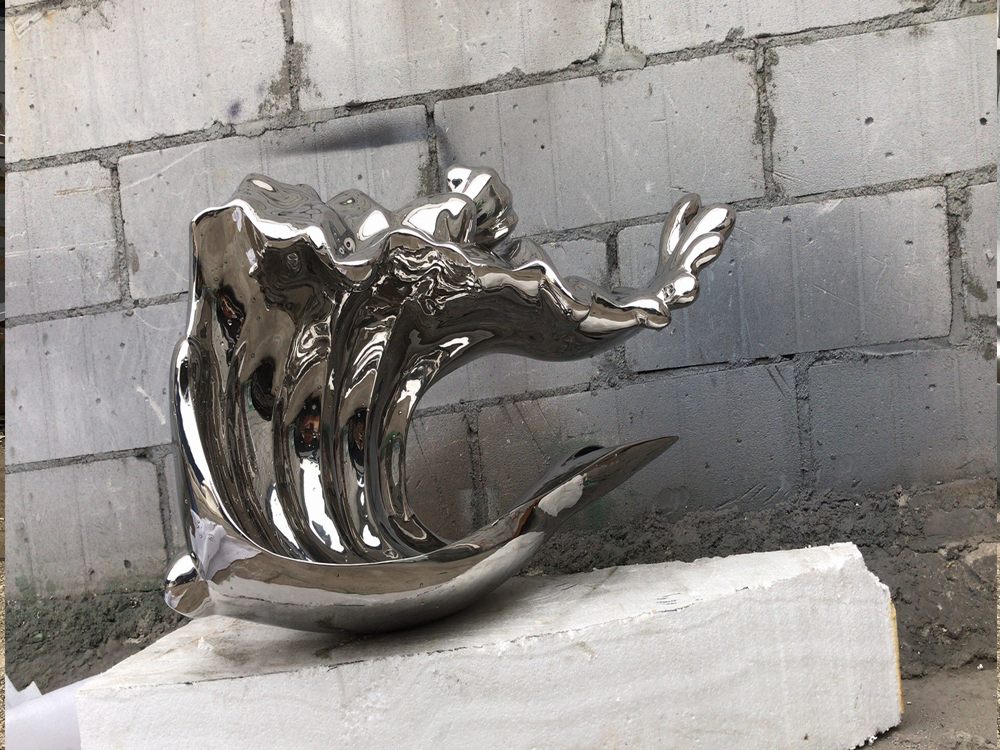
Creating stone sculptures for cultural heritage sites demands a delicate balance of artistry, historical reverence, and technical precision. The first consideration is material selection—choosing durable stones like marble, granite, or limestone that withstand weathering while aligning with the site’s historical context. Authenticity is paramount; sculptures must reflect the artistic styles and techniques of the era they represent, ensuring historical accuracy.
Preservation is another critical factor. Sculptures should be designed to resist environmental damage, such as erosion or pollution, through protective treatments or strategic placement. Collaboration with historians and archaeologists ensures the artwork aligns with the site’s cultural narrative. Finally, accessibility and public engagement must be considered, as these sculptures often serve as educational tools, bridging the past and present. By addressing these elements, stone sculptures can honor heritage while enduring for future generations.

